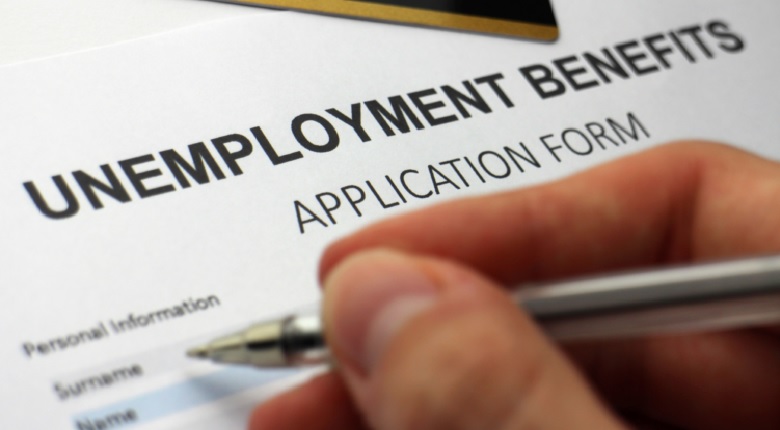- June 20, 2021
- No Comment
- 191
Extra Unemployment Benefits for Americans to End This Week

At least 400,000 out-of-work Americans are expected to lose their unemployment benefits this weekend. Eight states earlier ended a pandemic relief program that boosted jobless aid by $300 a week. Alabama, Idaho, Indiana, Nebraska, New Hampshire, North Dakota, West Virginia, and Wyoming are expected to terminate the extra unemployment benefits on 19th June 2021. More than 440,000 workers will lose their benefits. Four states including Alaska, Iowa, Mississippi, and Missouri have officially ended the assistance last week. 14 other states are slated to do similar actions later this summer. Point to be noted that Louisiana is the only state led by a Democratic governor. Critics argue that other factors are the reason for lackluster hiring opting out of the relief program before it’s officially slated to end on 6th September will hurt unemployed Americans.
A senior fellow at the Century Foundation, Andrew Stettner said, “The reality is that the strength of the jobs market, not the size of unemployment benefits, will determine how fast Americans can return to where they want to be: a job. In the meantime, workers should not be forced to rely on unbelievably low unemployment pay”. However, the cuts will ultimately affect 4 million Americans who are currently receiving benefits, including 2 million who will lose assistance altogether. It is noteworthy that the programs were established in March 2020 and renewed twice by Congress. In addition to providing an extra $300 a week, the programs provided aid to workers who were not typically eligible and extended state unemployment benefits once they had been exhausted. The average state unemployment benefit is about $330 per week.
Americans are now receiving about $630 in weekly unemployment benefits with the federal supplement. But, companies have complained about a lack of available workers. US Labor Department data from April and May showed anemic job growth well below economists’ expectations. Some experts believe that there are other returns for workers’ reticence about returning to the labor force, including a lack of child care and continuing fears of contracting COVID-19. There remain about 7.4 million fewer jobs than there were in February 2020. It was the time when the pandemic shut down broad swaths of the nation’s economy. The Century Foundation also indicated that more than 14.8 million workers are relying on some form of unemployment benefits as their main source of income.








